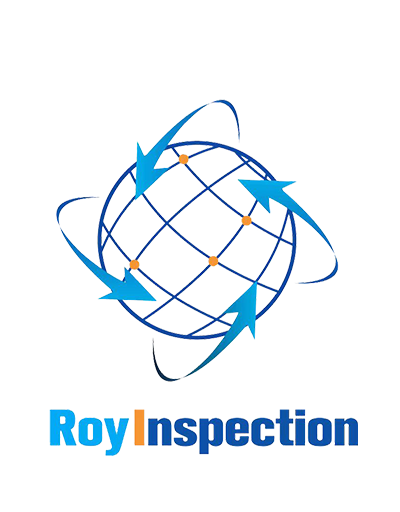industrial chimney inspection: Ensuring Safe and Efficient Operations
Industrial chimneys are essential for many industrial processes, but they can become a safety hazard if not properly inspected and maintained. In this article, we will delve into the different aspects of industrial chimney inspection and highlight its importance in ensuring safety and efficiency.
Why is Industrial Chimney Inspection Necessary?
Industrial chimneys play a crucial role in many industrial processes, such as power generation, manufacturing, and refining. They are responsible for releasing gases, smoke, and other by-products safely into the atmosphere. But over time, chimneys can become corroded, damaged, or clogged, which can lead to dangerous emissions, reduced efficiency, and even structural failure.
Regular industrial chimney inspection is, therefore, necessary to identify and address any potential issues before they become serious. Inspections can help detect early signs of corrosion, cracks, leaks, blockages, and other defects that could compromise the chimney's safety and performance.
When Should Industrial Chimneys be Inspected?
The frequency of industrial chimney inspection depends on several factors, such as the type of fuel used, the operating conditions, and the age of the chimney. However, as a general rule, chimneys should be inspected at least once a year by a qualified inspector who is trained in industrial chimney safety and maintenance.
In addition to annual inspections, chimneys should also be inspected after significant changes in the operating conditions, such as changes in fuel type or process, or after any adverse weather events, such as storms or earthquakes.
What Happens During Industrial Chimney Inspection?
Industrial chimney inspection involves a comprehensive examination of the chimney's interior and exterior. The inspector will look for any visible signs of damage, corrosion, or other defects, as well as test the chimney's structural integrity, air flow, and emissions.
The inspector may use a variety of tools and techniques to perform the inspection, such as drones, cameras, ladders, and scaffolding. They may also take samples of the chimney's lining and emissions for further analysis and testing.
Who Should Conduct Industrial Chimney Inspection?
Industrial chimney inspection should only be performed by qualified and experienced professionals who are trained in chimney safety and maintenance. The inspector should have a thorough understanding of the applicable regulations and standards for industrial chimneys and be equipped with the necessary tools and equipment to perform the inspection safely and effectively.
What are the Consequences of Failing to Inspect Industrial Chimneys?
Failing to inspect industrial chimneys can have severe consequences, including:
- Increased risk of fire or explosion
- Elevated emissions and environmental impact
- Reduced efficiency and increased operating costs
- Structural failure and collapse
- Non-compliance with regulatory requirements and fines
How Can Industrial Chimney Inspection Improve Safety and Efficiency?
Industrial chimney inspection can improve safety and efficiency in several ways, such as:
- Detecting and repairing any defects before they become serious
- Reducing emissions and environmental impact
- Improving air flow and increasing efficiency
- Extending the chimney's lifespan and reducing operating costs
- Ensuring compliance with regulatory requirements and avoiding fines
Conclusion
Industrial chimney inspection is a crucial aspect of industrial safety and efficiency. It helps identify and address any potential hazards and ensures that chimneys operate safely and efficiently. By following the guidelines for regular inspections and working with qualified professionals, industrial operators can maintain their chimneys and maintain safe and efficient operations.

